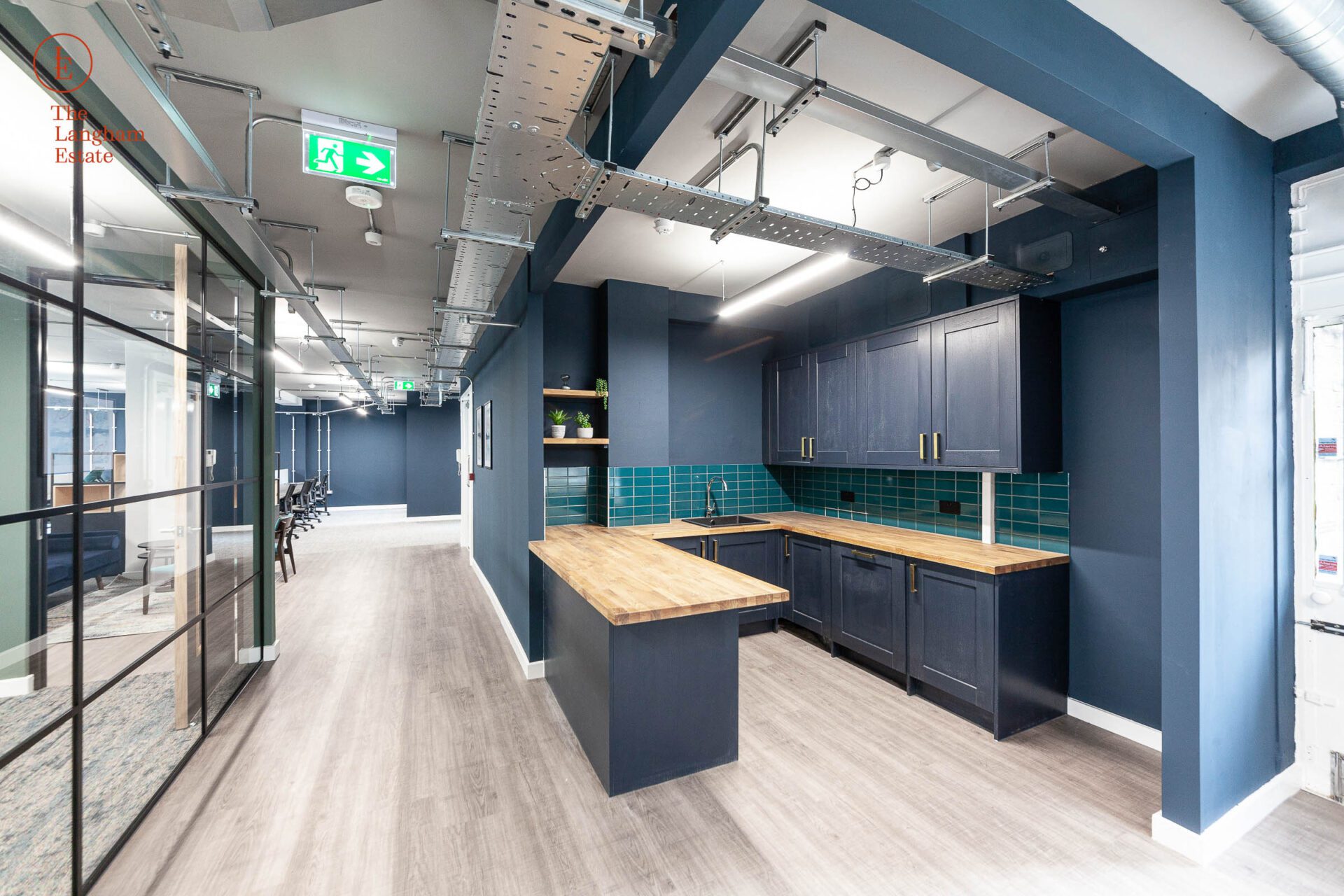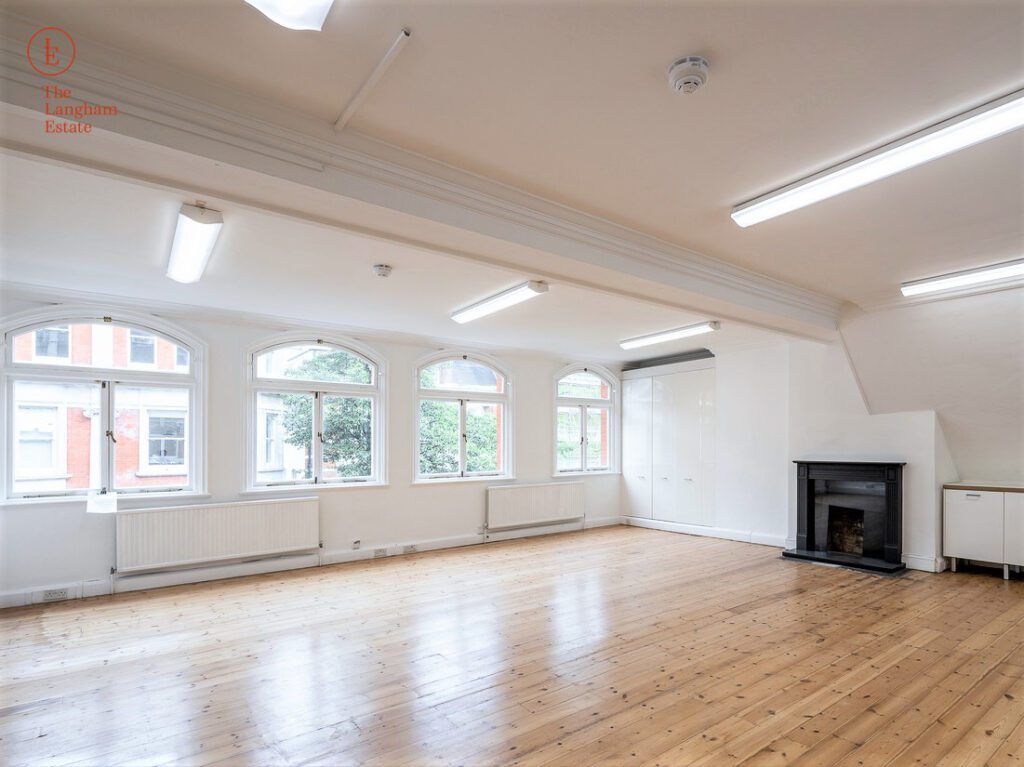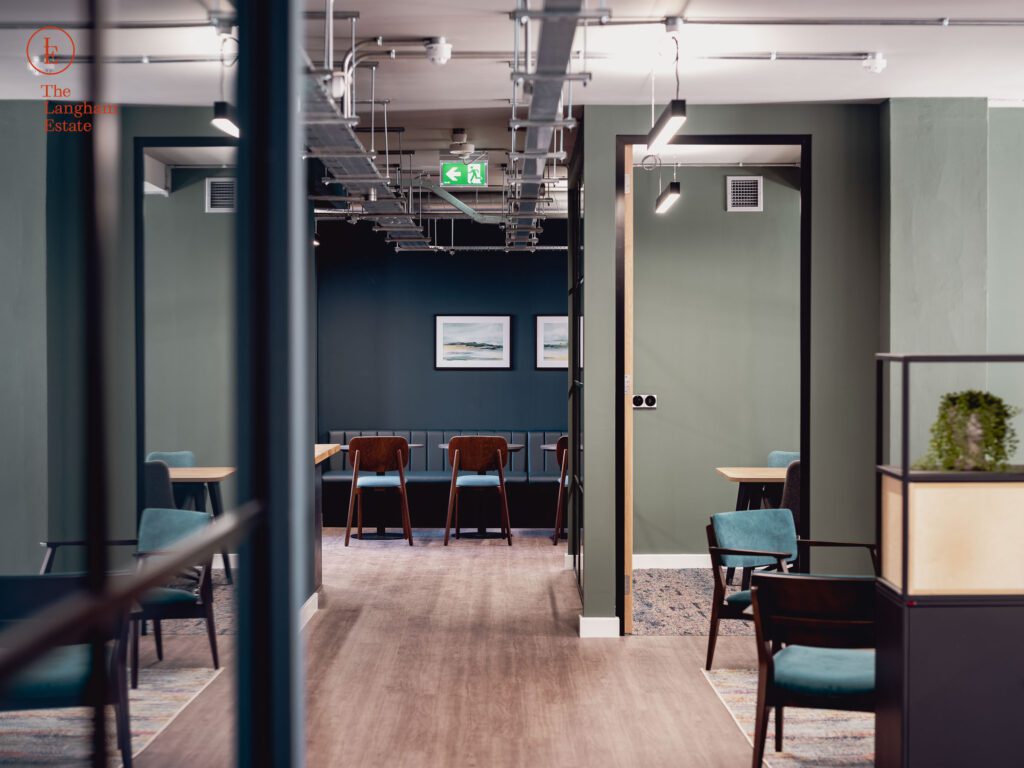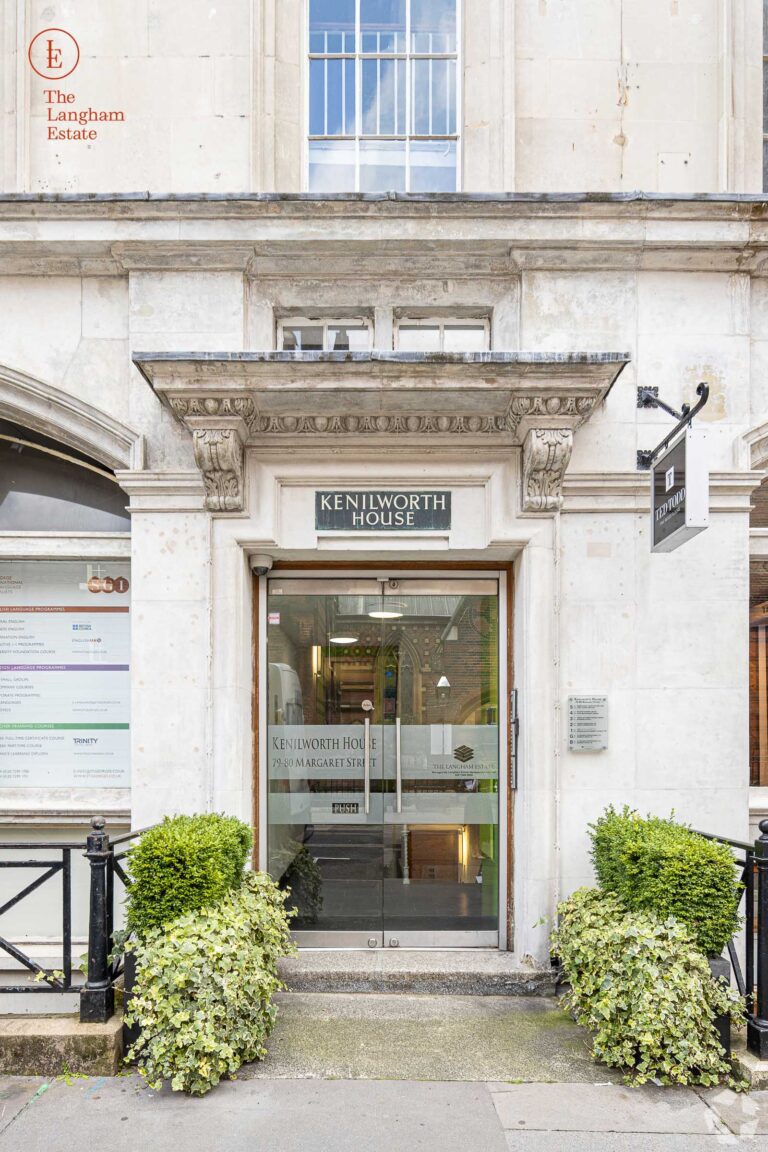Office Fit-outs explained: Cat A vs Cat B

Choosing the right office fit-out – Cat A or Cat B – can impact your business’s functionality, costs, and brand image. Cat A provides a basic, ready-for-customisation space, while Cat B offers a fully furnished, move-in-ready solution.
Understanding the differences between these options helps businesses make informed decisions that align with their operational goals, financial plans, and workspace requirements.
In this guide, we’ll explore the key features, benefits, and considerations of Cat A and Cat B fit-outs to help you choose the best fit for your business.
Cat A and Cat B fit out.

Cat A fit out

Cat B fit out
What is a Cat A it-out?
- Second stage of office fit-out after the shell and core.
- Provides a blank, unfitted workspace with essential infrastructure:
- Raised flooring
- Suspended ceilings
- Basic lighting
- HVAC (Heating, Ventilation, Air Conditioning)
- Offers neutral finishes and a minimalist look.
Cat A office deal for:
-
- Cost-conscious businesses
- Tenants who want to customise the space later
- Firms with existing office furniture
- Flexible and scalable, often preferred by developers and larger organisations.
- Not move-in ready — additional work is needed for occupancy.
What is a Cat B fit-out?
- Final stage in office customisation 0 transforms a Cat A space into a fully functional office.
- Tailored specifically to tenant needs, offers a turnkey solution.
- Category B fit office common inclusions:
-
- Partitions and meeting rooms
- Branded décor and colour schemes
- Workstations and office furniture
- Lighting design and AV equipment
- Typically used by service-based businesses.
- Designed to reflect company culture and brand identity.
- Tenant collaboration is common to ensure employee/client satisfaction.
- Seen as a strategic investment in staff retention and workspace value.
- Move-in ready upon completion.
Cat A vs. Cat B fit-outs: Key differences
| Feature | Cat A | Cat B |
|---|---|---|
| Stage | Foundational stage after shell & core | Final stage of customisation |
| Includes | Infrastructure only | Design, branding, furniture |
| Cost | Lower upfront | Higher upfront, but fully fitted |
| Flexibility | High – allows future customisation | Low – fixed to current tenant’s needs |
| Timeline | Slower move-in | Immediate occupancy |
| Best for | Budget-conscious, phased customisers | Companies wanting a plug-and-play solution |
Cat A and Cat B fit out - Which one to choose?
| Factor | Cat A Fit-Out | Cat B Fit-Out | Which to Choose? |
|---|---|---|---|
| Cost | Lower initial cost but requires more investment to make the space usable. | Higher upfront cost but includes everything needed to start working immediately. | Choose Cat A for a cost-effective base; Cat B for a turnkey solution. |
| Flexibility | Offers a blank canvas that can be customized over time. | Fully customized and ready to use upon move-in. | Choose Cat A if flexibility is a priority; Cat B if immediate functionality is needed. |
| Time to Occupy | Requires more time to customize after the initial fit-out. | Ready for immediate occupancy. | Choose Cat A if time isn’t a constraint; Cat B for a quicker setup. |
| Branding & Culture | Minimal branding opportunities. | Full branding potential, reflecting company culture. | Choose Cat B if branding is crucial. |
| Employee Satisfaction | Basic setup that may require further upgrades. | Designed to enhance employee experience. | Choose Cat B to improve employee retention and satisfaction. |
See more: 10+ low-maintenance plants for the office space
FAQs
Can I start with a Cat A fit-out and upgrade to Cat B later?
Yes, many businesses start with a Cat A fit-out to save costs initially and upgrade to a Cat B fit-out once their operational needs and brand identity become clearer.
How do I calculate the ROI of a Cat B fit-out?
To calculate the ROI of a Cat B fit-out, use the formula:
Where:
- Net Benefits = Gains from increased productivity, employee retention, and client impressions.
- Total Fit-Out Costs = The overall cost of implementing the Cat B fit-out.
For example, if the fit-out costs $50,000 and you estimate $10,000 in annual savings from reduced employee turnover and increased productivity, the ROI would be calculated as:
Consider both tangible (furniture, technology) and intangible (employee satisfaction, branding) benefits when calculating ROI.
Are there hybrid fit-out options?
Yes, some companies opt for a hybrid approach by incorporating key elements of Cat B into a Cat A fit-out to balance cost and functionality.
What are some examples of companies successfully using Cat A or Cat B fit-outs?
- Tech startups: Prefer Cat B for vibrant, branded spaces that foster collaboration.
- Financial institutions: Often start with Cat A for cost-effectiveness, upgrading to Cat B as they grow.
- Co-working spaces: Use Cat A+ for flexible spaces that cater to diverse tenants.
- Creative agencies: Choose Cat B for unique layouts that reflect their creative ethos.
- Consulting firms: Start with Cat A for a polished look, transitioning to Cat B for tailored needs.
In short, what is Cat A & Cat B?
A Cat A fit-out involves basic finishing on a shell and core structure, such as adding mechanical and electrical systems. Despite these additions, this fit-out still has limited amenities; hence, incoming tenants must furnish it before moving in.
By contrast, a Cat B fit-out is ready to occupy since it is fully furnished with tailored finishes reflecting the company’s brand, functionality, and culture. Understanding the differences between Cat A and Cat B fit-outs is crucial when choosing the right fit-out for your business. That said, both options enable businesses to optimise their workplace and ensure an environment conducive to work.

"Define your workspace, define your future”
At The Langham Estate, we offer more than just offices – we curate spaces that celebrate your business’s unique identity. From bespoke Cat B fit-outs tailored to reflect your brand to the flexible foundations of Cat A, the possibilities are as dynamic as W1 itself.
At The Langham Estate, we offer more than just offices – we curate spaces that celebrate your business’s unique identity. From bespoke Cat B fit-outs tailored to reflect your brand to the flexible foundations of Cat A, the possibilities are as dynamic as W1 itself.